How to Get a Home Loan with No Down Payment
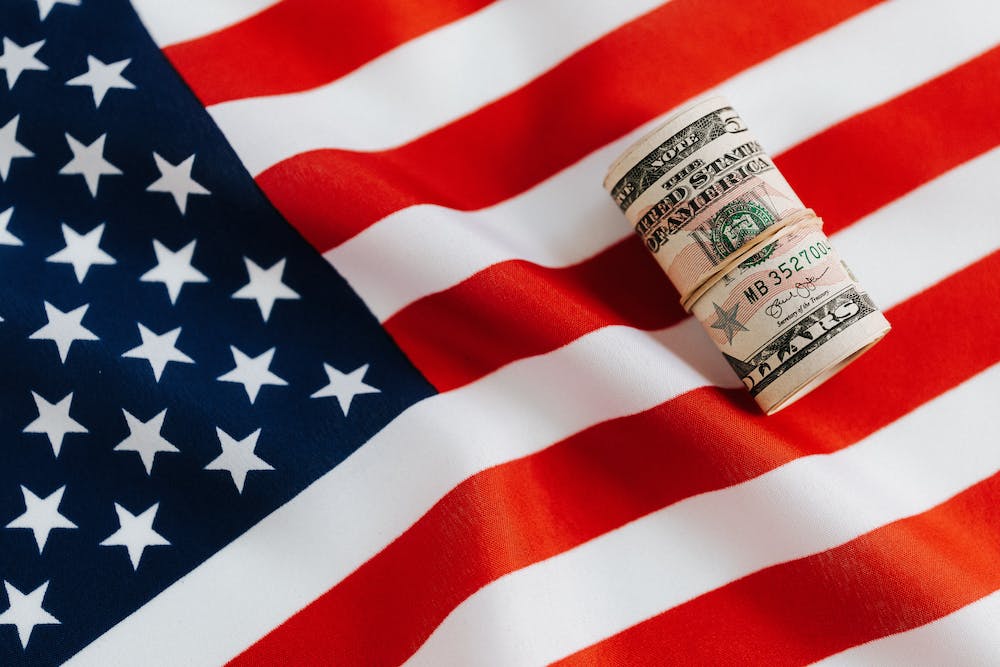 If you’re dreaming of owning a home but don’t have enough savings for a down payment, you might be wondering if there’s a way to get a home loan without putting any money upfront. The good news is that there are some options available for you, depending on your credit score, income, and other factors. In this blog post, I’ll explain some of the most common ways to get a home loan with no down payment, as well as some of the pros and cons of each one.
If you’re dreaming of owning a home but don’t have enough savings for a down payment, you might be wondering if there’s a way to get a home loan without putting any money upfront. The good news is that there are some options available for you, depending on your credit score, income, and other factors. In this blog post, I’ll explain some of the most common ways to get a home loan with no down payment, as well as some of the pros and cons of each one.
 Option 1: VA Loans
Option 1: VA Loans
 VA loans are mortgages backed by the Department of Veterans Affairs, and they are available for eligible veterans, active-duty service members, and some surviving spouses. VA loans do not require any down payment or mortgage insurance, which can save you thousands of dollars over the life of the loan. However, you will have to pay a VA funding fee, which is a percentage of the loan amount that helps cover the cost of the program. The fee varies depending on your type of service, loan amount, and whether you’ve used a VA loan before. You can either pay the fee upfront or roll it into your loan balance.
VA loans are mortgages backed by the Department of Veterans Affairs, and they are available for eligible veterans, active-duty service members, and some surviving spouses. VA loans do not require any down payment or mortgage insurance, which can save you thousands of dollars over the life of the loan. However, you will have to pay a VA funding fee, which is a percentage of the loan amount that helps cover the cost of the program. The fee varies depending on your type of service, loan amount, and whether you’ve used a VA loan before. You can either pay the fee upfront or roll it into your loan balance.
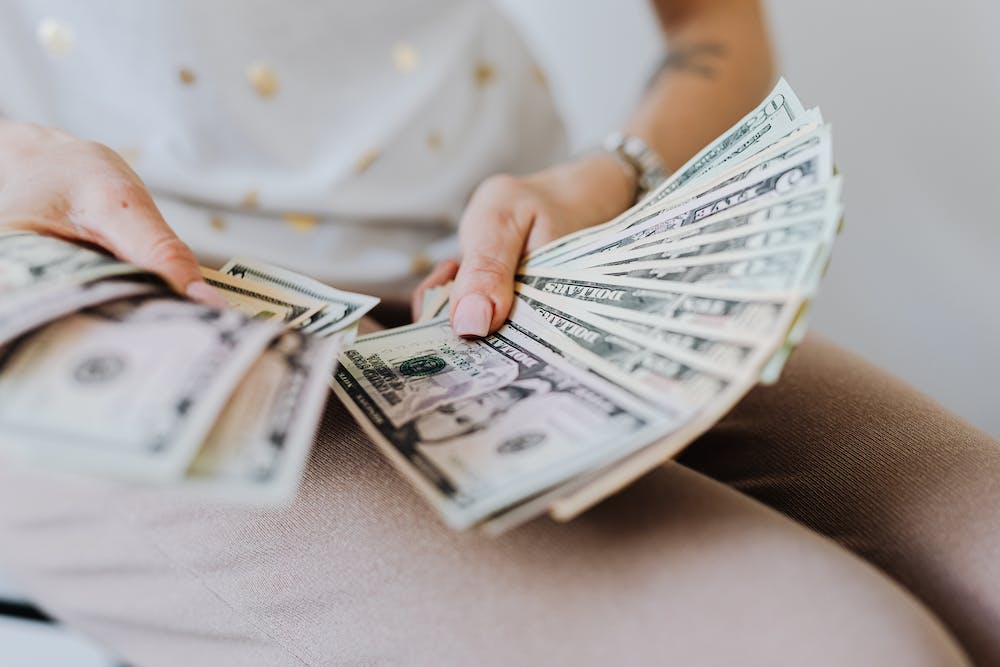 Option 2: USDA Loans
Option 2: USDA Loans
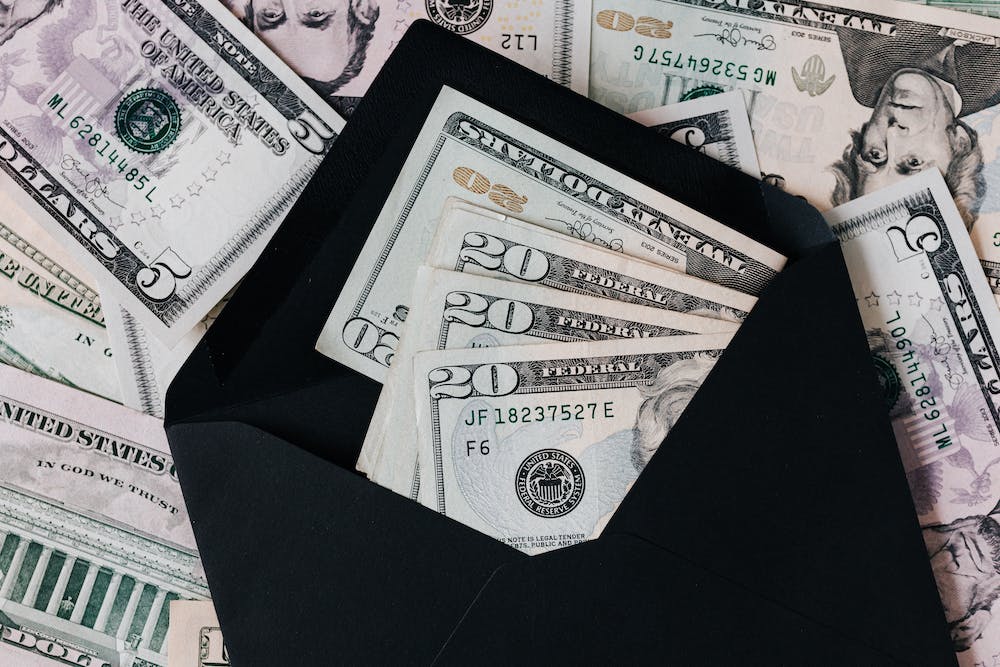 USDA loans are mortgages backed by the U.S. Department of Agriculture, and they are designed to promote homeownership in rural areas. USDA loans do not require any down payment or mortgage insurance, but you will have to pay an upfront guarantee fee and an annual fee, which are both based on a percentage of the loan amount. To qualify for a USDA loan, you must meet certain income limits and buy a property that is located in an eligible rural area. You can check your eligibility on the USDA website.
USDA loans are mortgages backed by the U.S. Department of Agriculture, and they are designed to promote homeownership in rural areas. USDA loans do not require any down payment or mortgage insurance, but you will have to pay an upfront guarantee fee and an annual fee, which are both based on a percentage of the loan amount. To qualify for a USDA loan, you must meet certain income limits and buy a property that is located in an eligible rural area. You can check your eligibility on the USDA website.
 Option 3: FHA Loans
Option 3: FHA Loans
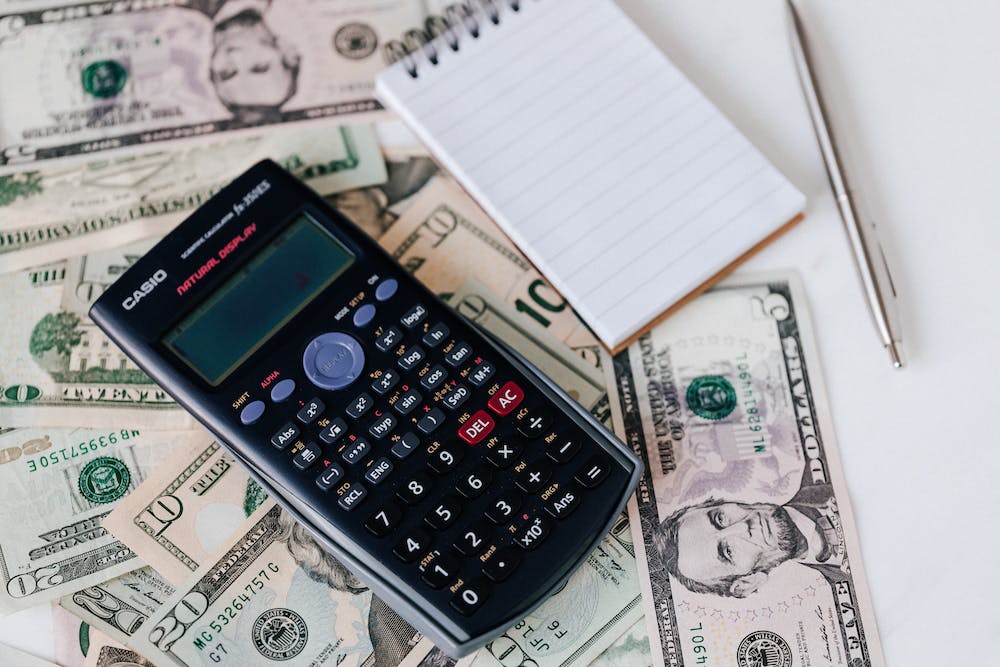 FHA loans are mortgages insured by the Federal Housing Administration, and they are popular among first-time homebuyers and those with low to moderate incomes. FHA loans require a minimum down payment of 3.5%, but you can get that money from a gift, a grant, or a loan from a family member or a nonprofit organization. You will also have to pay an upfront mortgage insurance premium and an annual premium, which are both based on a percentage of the loan amount. FHA loans have more lenient credit and debt requirements than conventional loans, but they also have lower loan limits and stricter property standards.
FHA loans are mortgages insured by the Federal Housing Administration, and they are popular among first-time homebuyers and those with low to moderate incomes. FHA loans require a minimum down payment of 3.5%, but you can get that money from a gift, a grant, or a loan from a family member or a nonprofit organization. You will also have to pay an upfront mortgage insurance premium and an annual premium, which are both based on a percentage of the loan amount. FHA loans have more lenient credit and debt requirements than conventional loans, but they also have lower loan limits and stricter property standards.
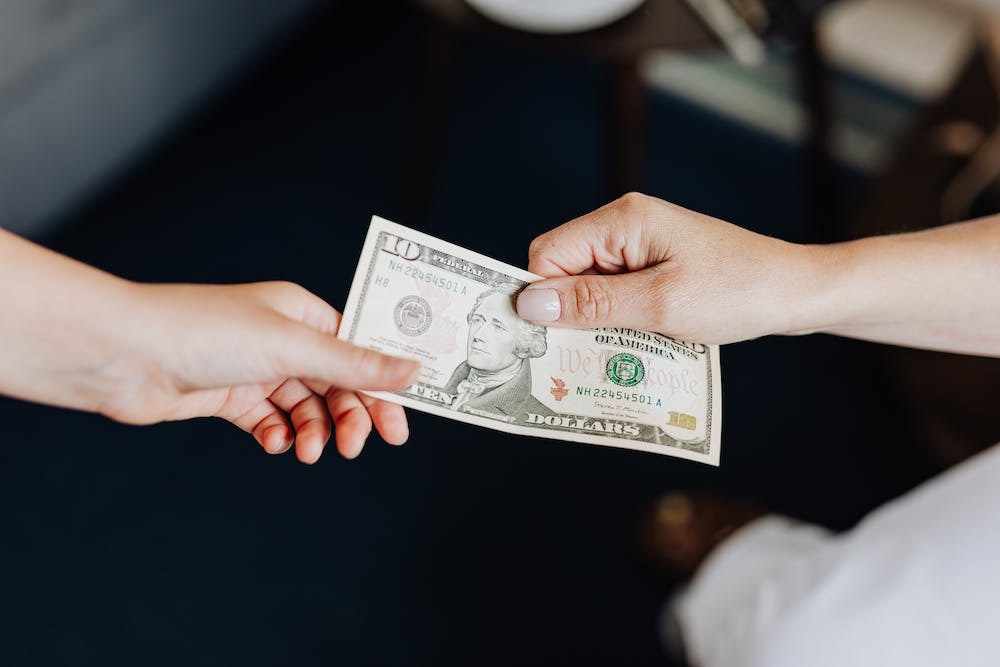 Option 4: Conventional Loans with Private Mortgage Insurance
Option 4: Conventional Loans with Private Mortgage Insurance
 Conventional loans are mortgages that are not backed by any government agency, and they typically have higher credit and income requirements than government-backed loans. However, some conventional lenders offer low down payment options for borrowers with good credit and stable income. For example, you may be able to get a conventional loan with as little as 3% down if you meet certain criteria and agree to pay private mortgage insurance (PMI). PMI is an extra fee that protects the lender in case you default on your loan, and it is usually added to your monthly payment until you reach 20% equity in your home. The cost of PMI depends on your credit score, loan amount, and loan-to-value ratio.
Conventional loans are mortgages that are not backed by any government agency, and they typically have higher credit and income requirements than government-backed loans. However, some conventional lenders offer low down payment options for borrowers with good credit and stable income. For example, you may be able to get a conventional loan with as little as 3% down if you meet certain criteria and agree to pay private mortgage insurance (PMI). PMI is an extra fee that protects the lender in case you default on your loan, and it is usually added to your monthly payment until you reach 20% equity in your home. The cost of PMI depends on your credit score, loan amount, and loan-to-value ratio.
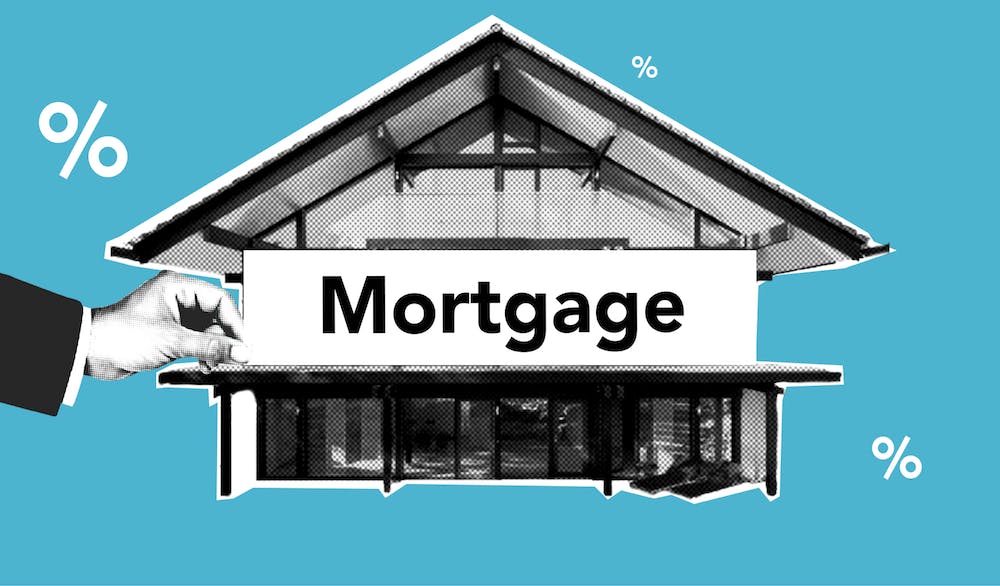 Conclusion
Conclusion
 As you can see, there are several ways to get a home loan with no down payment, but each one has its own advantages and disadvantages. Before you apply for any type of mortgage, make sure you do your research and compare different lenders and programs. You should also consider your long-term goals and financial situation, and weigh the benefits of saving for a larger down payment versus buying a home sooner with less money upfront. Ultimately, the best option for you will depend on your personal circumstances and preferences.
As you can see, there are several ways to get a home loan with no down payment, but each one has its own advantages and disadvantages. Before you apply for any type of mortgage, make sure you do your research and compare different lenders and programs. You should also consider your long-term goals and financial situation, and weigh the benefits of saving for a larger down payment versus buying a home sooner with less money upfront. Ultimately, the best option for you will depend on your personal circumstances and preferences.

